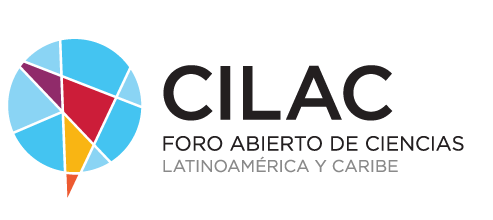
Studying samples of the chemical element europium embedded in zircon crystals is a curious way to find out what the earth's crust was like thousands of years ago.
Thanks to a new study Taking this approach, we can deduce that our planet was mostly flat, that the crust was thinner than now, that there were probably not even mountains.
Thinner crust
But How do we know about the crust by studying a single chemical element? Because the amount of europium found in such crystals can be used to reveal the thickness of the Earth's crust at the time of the crystal's formation. The more europium there was in the crystal, the more pressure was exerted from above, suggesting a thicker crust.
They found evidence suggesting that during Earth's middle period, the crust was thinner, more uniform than it is now.
Back then, the planet was covered by oceans and flat landmasses. Such conditions suggest that tectonic activity must have slowed sharply or stopped completely for about a billion years. The researchers further point out that the tectonic activity that pushes mountains towards the sky and the subsequent erosion would have enriched the environment in the oceans, making the evolution of life possible.
Without such cycles, evolution would have slowed dramatically, which previous research has shown occurred during the Middle Earth period.
Previous research has suggested that approximately 1.8 billion years ago, Earth went through a period of calm in which the evolution of life slowed dramatically. In this new effort, the researchers suggest that the reason for the slowdown was the absence of tectonic activity.
–
The news
Thanks to the analysis of this chemical element embedded in crystals we know that before, on Earth, there were no mountains
was originally published in
Xataka Science
by
Sergio Parra
.


